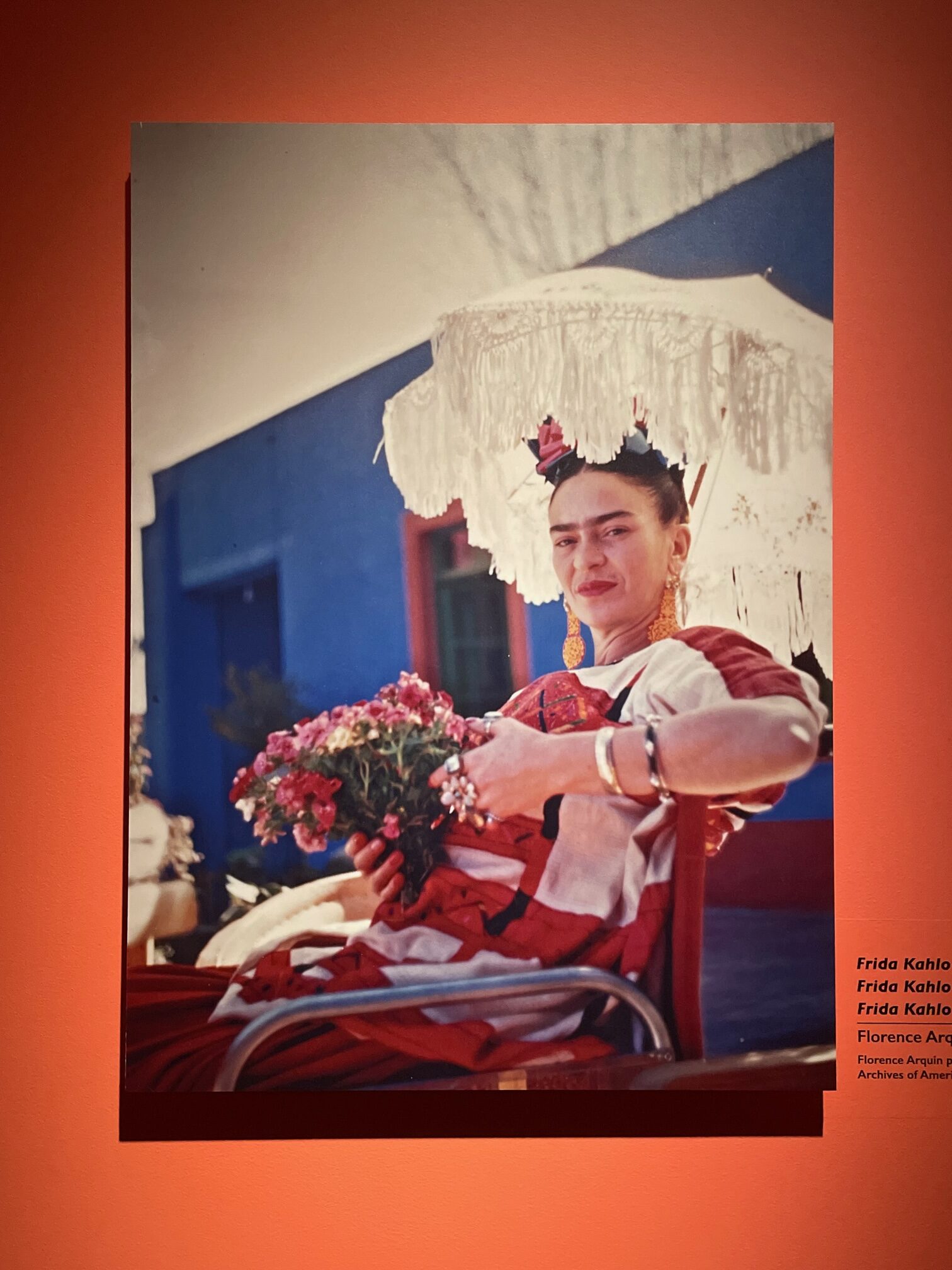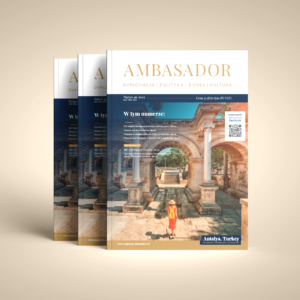An exhibition dedicated to the outstanding artist Frida Kahlo was one of the events commemorating the 95th anniversary of Polish-Mexican diplomatic relations.
Frida Kahlo (1907-1954) is one of Mexico’s best-known artists. Her paintings were often inspired by Indian culture and her subjects were pain and physical suffering. This was no coincidence, as Kahlo herself suffered from polio as a child and was also severely injured in a traffic accident. She underwent dozens of operations, but her body never fully recovered. Despite this, she did not lose the will to create.
The artist’s work could be seen at the exhibition ‘The Colour of Life. Frida Kahlo’, shown from 7th July to 3rd September 2023 at Lazienki Park in Warsaw, in the Podchorążówka building. This was the first exhibition of the artist’s work in Warsaw. Three of Kahlo’s paintings were presented there: ‘There hangs my dress’ (1933), ‘Coconuts’ (1951) and ‘Still life with watermelons’ (1953). Archival photographs of the artist’s life enriched the exhibition. Also on display was a 1941 documentary film made by Nicolas Muray, an American photographer and friend of the painter.
The exhibition’s, curator, Zofia Urban had this to say about it to the Polish Press Agency: The title of the exhibition refers to the colours in Frida’s paintings, which are very distinctive and vibrant, but also to the culture of indigenous Mexico, which is also colourful and diverse. Before Frida created her own painting language, she first created her persona, a visual language expressed through the costume and creation of the traditional Mexican woman.
Part of the exhibition was also an open-air installation in the courtyard of the Podchorążówka, recreating parts of the house where the artist was born, raised, created and died. This is La Casa Azul (The Blue House) from the Mexican district of Coyoacán, which is now a museum of the legendary painter. Kahlo loved to spend time in the garden at this house, surrounded by plants and animals and Pre-Columbian sculptures.
In order to gain a better understanding of the artist’s work resulting from physical and mental suffering, a rich programme of accompanying events was organised in addition to the exhibition itself. Their partner was the Institute of Psychiatry and Neurology in Warsaw. These included lectures on the borderline between art, psychology and psychiatry, explaining the impact of suffering on the artist’s work. There were also workshops and meetings to familiarise visitors with Mexican culture. Families with children could play in the ‘Frida and Fridita’ creative space, inspired by the Mexican artist’s works.
Work on the concept of this exhibition was started by the late Professor Zbigniew Wawer, director of the Royal Lazienki Museum from 2017 to 2022. The exhibition was created in collaboration with the Embassy of Mexico, with the personal involvement of H.E. Ambassador Juan Sandoval Mendiolea. It was co-organised by Colección Acervo INBAL – Museo de Arte Moderno, a Mexican cultural institution dedicated to popularising Mexican culture abroad.
Lorem ipsum dolor sit amet, consectetur adipiscing elit, sed do eiusmod tempor incididunt ut labore et dolore magna aliqua. Tellus in metus vulputate eu scelerisque felis imperdiet proin. Non blandit massa enim nec dui nunc mattis enim. Vestibulum rhoncus est pellentesque elit ullamcorper dignissim. Nulla porttitor massa id neque aliquam vestibulum. Odio euismod lacinia at quis risus sed vulputate odio. Laoreet sit amet cursus sit amet dictum. Elementum curabitur vitae nunc sed velit dignissim. Pulvinar elementum integer enim neque volutpat ac tincidunt vitae. Elementum integer enim neque volutpat ac tincidunt vitae semper quis. Leo vel orci porta non.
Paweł Rochowicz



Sledź nas na: